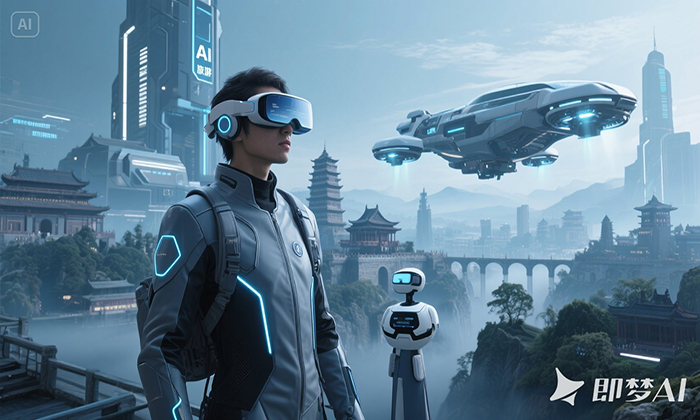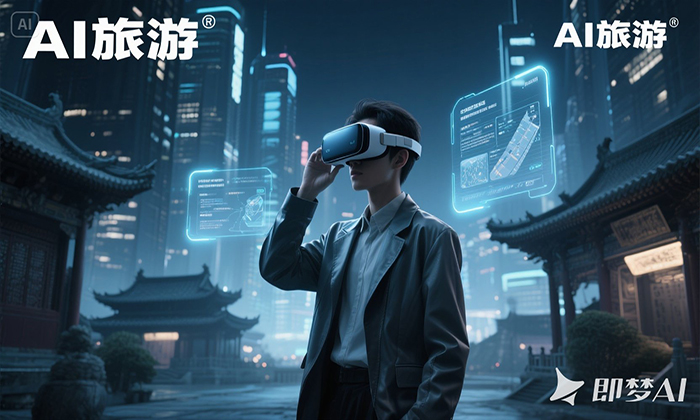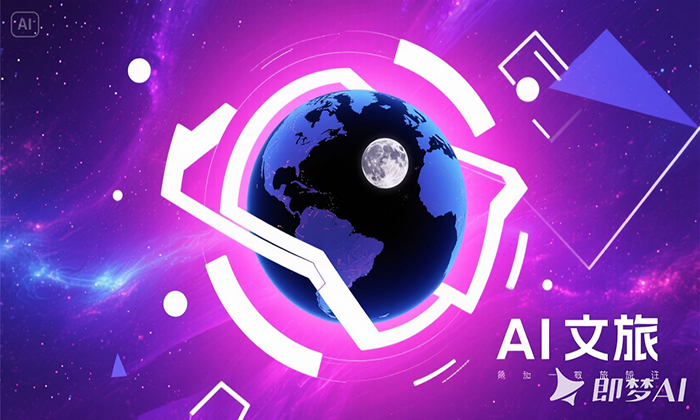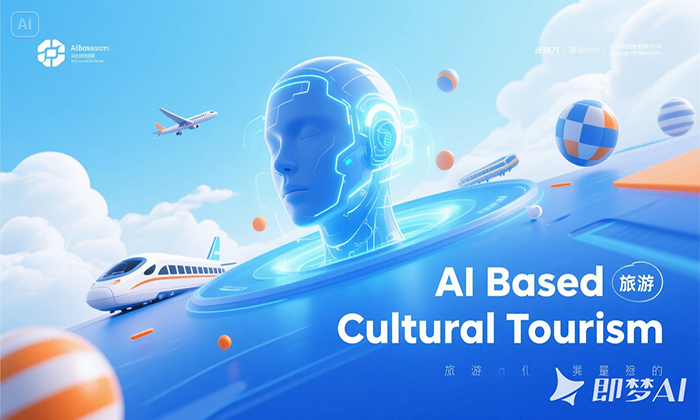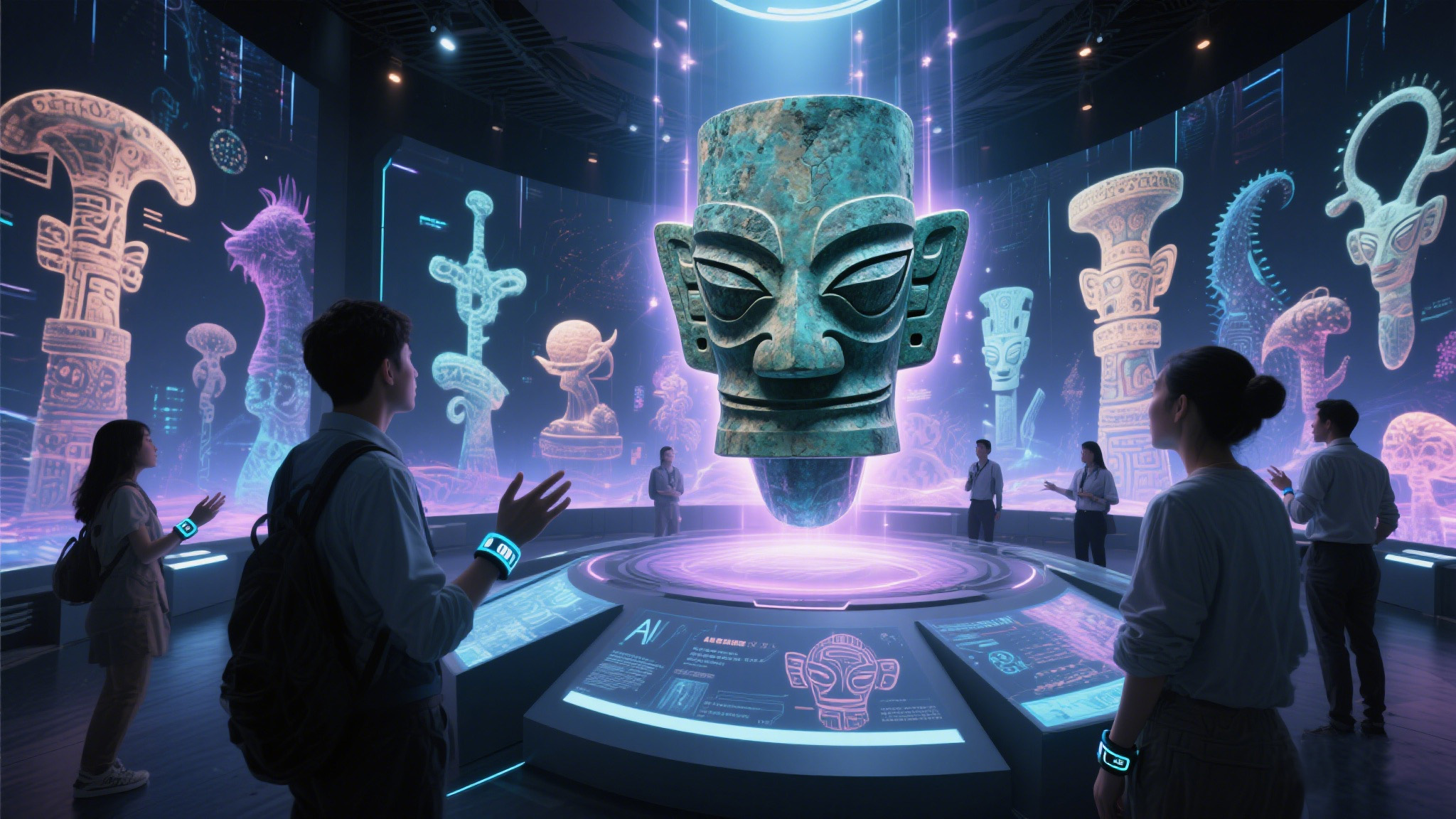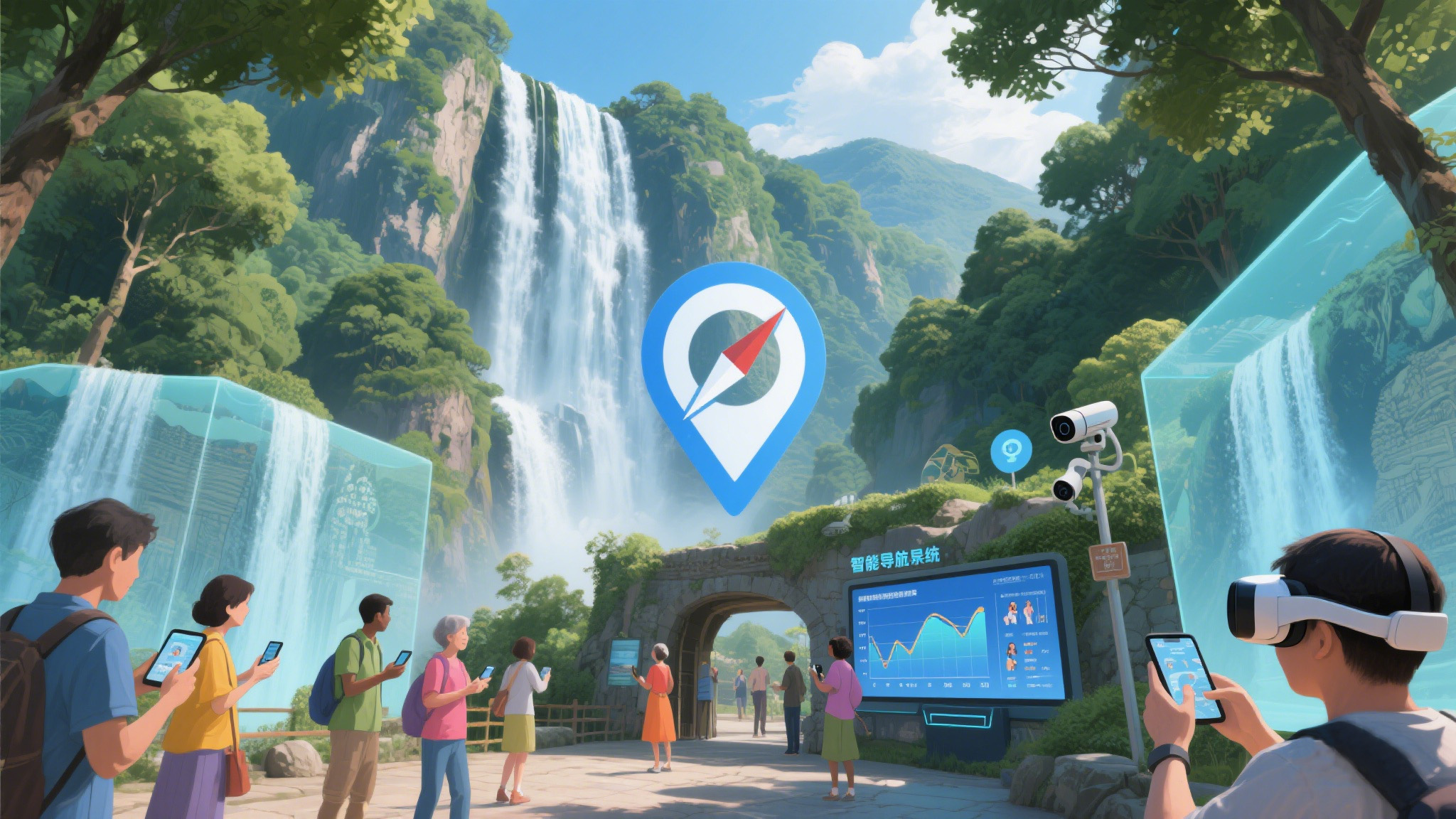What are the technologies of AI cultural tourism?
单涡轮马猴烧酒 2025-05-29
Here is an English answer about the applications of technologies in AI cultural tourism:
Applications of Technologies in AI Cultural Tourism
AI cultural tourism integrates artificial intelligence with the cultural tourism industry, leveraging technological innovation to optimize travel experiences, enhance service efficiency, and drive industrial upgrading. Below are the main technologies and their applications in this field:1. Computer Vision Technology
By using image recognition and video analysis, this technology enables digital representation and interaction in cultural tourism scenarios.- Virtual Tour Guiding & Panoramic Roaming
- Construct virtual scenic spaces (e.g., the Forbidden City VR panorama, Dunhuang Digital Scripture Caves) through 3D modeling and panoramic photography, allowing users to explore immersively online.
- Case: The Terracotta Army Museum uses high-definition scanning and VR to let visitors "closely observe" artifact details.
- Intelligent Security & Crowd Management
- Real-time camera analysis of crowd density in scenic areas to warn of congestion risks; identify abnormal behaviors (e.g., climbing on cultural relics) and trigger alarms.
- Application: Huangshan Scenic Area uses facial recognition to 统计 (statistic) tourist source composition and optimize resource allocation.
- Visual Interactive Experiences
- AR filters overlay cultural elements (e.g., users "take photos" with virtual historical figures) or use gesture recognition to control projection content (e.g., Dunhuang mural interactive projections).
2. Natural Language Processing (NLP) & Speech Technology
Facilitates human-computer voice interaction, multilingual translation, and content generation to reduce barriers to cultural understanding.- Intelligent Voice Guiding
- Speech recognition technology receives visitors’ commands and automatically pushes corresponding scenic explanations (supporting dialects and foreign languages), such as the Forbidden City’s "AI Voice Guide" mini-program.
- Real-Time Multilingual Translation
- Scenic area signs and explanations are instantaneously translated across languages via OCR text recognition + machine translation (e.g., Google Translate API), aiding international visitors’ cultural comprehension.
- Personalized Content Generation
- Automatically generates travel guides, poetry, and other content based on users’ search keywords or tour routes (e.g., "AI Poetry Writing" for sharing on social media), enhancing engagement.
3. Big Data & Intelligent Recommendation Systems
Optimizes travel decisions based on user behavior data to improve service precision.- Personalized Itinerary Planning
- Analyzes user preferences (e.g., browsing history, consumption habits) to recommend attraction combinations, routes, and schedules.
- Case: Mafengwo’s "AI Travel Butler" generates customized itineraries based on users’ budgets and trip durations.
- Cultural Tourism Resource Forecasting & Management
- Predicts peak periods and optimizes ticketing systems using historical crowd data and external factors like weather (e.g., Jiuzhaigou’s dynamic reservation and traffic control).
- Precision Cultural Content Pushing
- Algorithms on short-video platforms (e.g., Douyin) recommend niche cultural tourism resources like local intangible cultural heritage (ICH) and folk activities (e.g., online promotion of Guizhou’s Dong Grand Song).
4. Internet of Things (IoT) & Smart Hardware
Connects physical devices with digital systems to create "smart scenic areas."- Intelligent Ticketing & Identity Recognition
- Facial recognition and QR code scanning enable fast entry, reducing waiting times (e.g., Shanghai Disneyland’s "face-scan access").
- Environmental Monitoring & Facility Management
- Sensors monitor real-time temperature, humidity, and air quality to automatically adjust lighting and air conditioning; smart trash bins send overflow alerts to improve cleaning efficiency.
- Wearable Device Interaction
- AR glasses provide real-time navigation and overlay artifact information (e.g., AR glasses in Xi’an’s Terracotta Army scenic area annotating figurine backgrounds); smart bracelets record activity data and recommend rest spots.
5. Blockchain Technology
Ensures data credibility, cultural IP copyright protection, and traceability of tourism products.- Digital Collectibles & Cultural Rights Confirmation
- Converts cultural relics and ICH into NFTs (non-fungible tokens) for users to collect and trade (e.g., Dunhuang Academy’s "Digital Supporter" NFTs).
- Tourism Service Traceability
- Blockchain records service reviews and ingredient sources for hotels and restaurants, enhancing consumption transparency (e.g., Lijiang’s "blockchain + tourism" integrity system).
- Cultural Heritage Certification
- Records 文物修复 (cultural relic restoration) processes and archaeological data on the blockchain to prevent tampering (e.g., the Forbidden City’s blockchain storage of digital cultural relic archives).
6. Robotics Technology
Replaces partial human services and enhances the sci-tech appeal of cultural tourism scenarios.- Service Robots
- Scenic area guide robots provide route guidance and answer questions (e.g., "Xiao Bing" robot guide at West Lake, Hangzhou); food-delivery robots improve efficiency in restaurants (e.g., the smart restaurant in Xi’an’s "Datang Everbright City").
- Performing Robots
- Bionic robots replicate historical figures (e.g., "AI Yan Zhenqing" interactive guide at Xi’an’s Beilin Museum) or participate in cultural performances (e.g., robot dance shows at Shenzhen’s Window of the World).
7. Generative AI (AIGC)
Revolutionizes content creation and lowers the threshold for cultural tourism innovation.- Virtual Anchors & Digital Humans
- Customized virtual avatars (e.g., the "Luoyang Peony Fairy" digital human) explain scenic stories and broadcast 24/7 for promotion.
- Automated Content Production
- AI generates short-video scripts and poster designs (e.g., inputting "ancient town tourism" to auto-produce Douyin materials), helping small and medium scenic areas market at low costs.
- Scenario Innovation Experiments
- Uses text-to-image (e.g., DALL-E) or text-to-video (e.g., Sora) technologies to restore historical scenes (e.g., "AI-restored Old Summer Palace" immersive experiences).
8. Integration with Other Cutting-Edge Technologies
- 5G + Edge Computing: Enables low-latency transmission of VR/AR content for real-time multiplayer online tours (e.g., Zhangjiajie’s "5G + VR" glass bridge experience).
- Digital Twin: Creates virtual replicas of scenic areas to simulate visitor flows, disaster impacts, etc., aiding management decisions (e.g., Huangshan’s digital twin system).
Conclusion: Core Value of AI Cultural Tourism
- For Tourists: Provides more convenient, personalized, and immersive experiences while reducing barriers to cultural understanding.
- For the Industry: Improves operational efficiency (e.g., smart management, precision marketing) and activates niche cultural tourism resources (e.g., lesser-known attractions, ICH).
- For Cultural Inheritance: Protects fragile cultural relics through digitization (e.g., Dunhuang mural digital archiving) and promotes youthful expressions of traditional culture.
As technology advances, AI cultural tourism will further develop toward "virtual-real integration, emotional interaction, and ecological collaboration," reshaping the future landscape of the tourism industry.







